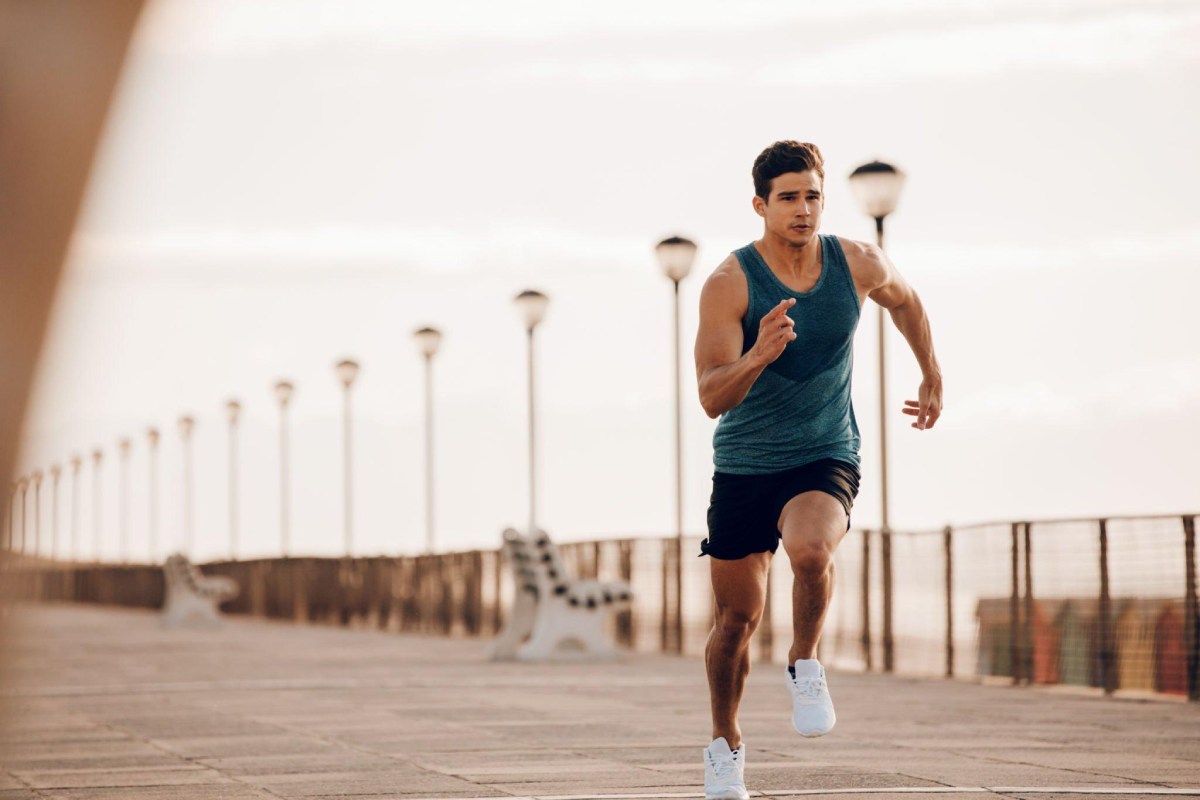A large-scale 15-year American study found that runners had a 30% lower mortality rate and an average life expectancy of 3 years longer. A health assessment of over 55,000 people found that running once a week for longer than 50 minutes was sufficient to reduce the risk of mortality. Like games at PlayAmo Canada, running has a positive effect on your nervous system and helps relieve stress. Let’s find out how to start run correctly, who can benefit from exercising on sandy and asphalt surfaces, how to choose the right shoes and much more.
Defining Your Goal
Before you start working out, you need to understand your goal. It can be to maintain health, increase mobility and activity in general, a greater expenditure of energy, also the motivation can be preparation for a competition, the desire to overcome a certain distance, just to reload and distract from work or school. The program, distance, duration, optimal type of surface (for example, if you are preparing for a city marathon, you should immediately run on asphalt), additional physical activity and much more will depend on the goal.
Running isn’t suitable for everyone, and in some cases, it’s better to replace it with other physical activity.
Running for Health
For this purpose, this sport is perfect. It improves the cardiovascular and nervous systems, has a positive effect on performance, immunity, cell nutrition, helps oxygen get to all tissues and organs.
Running While Gaining Muscle Mass
Long runs when gaining muscle mass can negatively affect hypertrophy. For example, a 2018 study found that runners lost an average of 1.1 kilograms of muscle during a nearly 6-hour run. If you don’t plan to participate in such long runs, running while gaining weight is possible, the main thing is to ensure an adequate caloric surplus, where the norm for nutrients will be met, considering the duration and intensity of your chosen training.
Running for Weight Loss
In weight loss, nutrition is paramount. For beginners who want to lose weight, running isn’t the best option: the body is not yet used to the active expenditure of calories, so quickly will want to make up for the lack of them, as a result, the novice runner may start to eat even more than before. With excessive body weight, too much load is put on the knees during the landing on the foot. It’s possible to start with ordinary walking, and if interest and desire remain, then already pass to running. But in any case, when losing weight the priority should be given to a correct balanced diet, taking into account the nutrient load.
Getting Ready to Run
When You Can Run
There are no time restrictions, you can exercise at any time: morning, afternoon, evening and even at night on the treadmill in the gym. But keep in mind that a high-intensity evening jogging workout may prevent you from falling asleep quickly.
Where You Can Run
You can work out in the gym and outside, in the city, look for special paths with a shock-absorbing surface or paths in the park. Asphalt isn’t the best surface for runners, but if you are preparing for a city marathon, then you should get used to it immediately, because asphalt has a different cushioning. It’s better not to run on tiles and concrete because of the high risk of injury. If you want to increase the load, add running on sand or uphill to the program.
What Shoes to Choose
Beginning runners and those who run on paved paths, athletic shoes should be chosen particularly carefully to reduce the load on the knees and reduce the risk of injury. Buy special running shoes with a shock-absorbing flexible sole and good ventilation. When trying on running shoes, take a pair 1-1.5 sizes larger than you are used to, since the foot slightly increases due to the load. The shoe should support the foot, but not be too rigid. It isn’t recommended to wear sneakers, slippers, and casual sneakers to work out.
What Clothes to Choose for the Street
Multilayer clothing is preferable: sweat should be able to get away from the body and out, so you don’t overheat in summer and freeze in winter, with an outer layer to protect you from the wind. At low temperatures, it’s worth covering your feet and hands completely, and not forgetting your hat and gloves, as your extremities get colder. In summer, you will need a hat to protect you from the sun. If you run at dusk, choose models with reflective elements. Take care to have pockets with clasps to hold your smartphone, keys, and other things.
How Often You Can Run
For those who haven’t exercised before, we recommend starting to run 2-3 times a week, resting for a day or two between workouts, so as not to lose motivation, not to overexert yourself and reduce the risk of injury. Gradually, the frequency and duration of the run should be increased, and the training itself – to complicate, especially if you plan to participate in a marathon.
Why and How to Warm up Before a Run
Warming up helps prepare muscles and joints for exertion, get better results and reduce the risk of injury. It’s worth performing a full-body complex, as not only the legs work but also the muscles of the cortex while running.
Eating and Drinking Healthy
If you run correctly, wear the right shoes, work on an individualized program, monitor your breathing, but don’t control your food and drink, the results may not be what you expect.
When running for longer than an hour, drink water with lemon or other fluids about every 20 minutes to avoid dehydration. To determine the optimal amount of fluid for a marathon, experienced athletes advise beginners to weigh themselves before and after training: if the difference in weight is large, then you need to drink more (for every 500 grams lost, you should add an average of 500 ml).
The average daily caloric intake is calculated using the Mifflin-San Gior formula. If you are working on weight loss, subtract 20%, and if you are gaining weight, add 20%. Recommended percentages: 20% of protein, 20% of fat, and 60% of carbs. Whether you should eat breakfast before your morning workout, whether you can eat fast carbs before your run, what you should eat after your workout – there is no universal answer to these and other questions, since it depends on the purpose of the workout, its duration, the health of the athlete and other factors.




